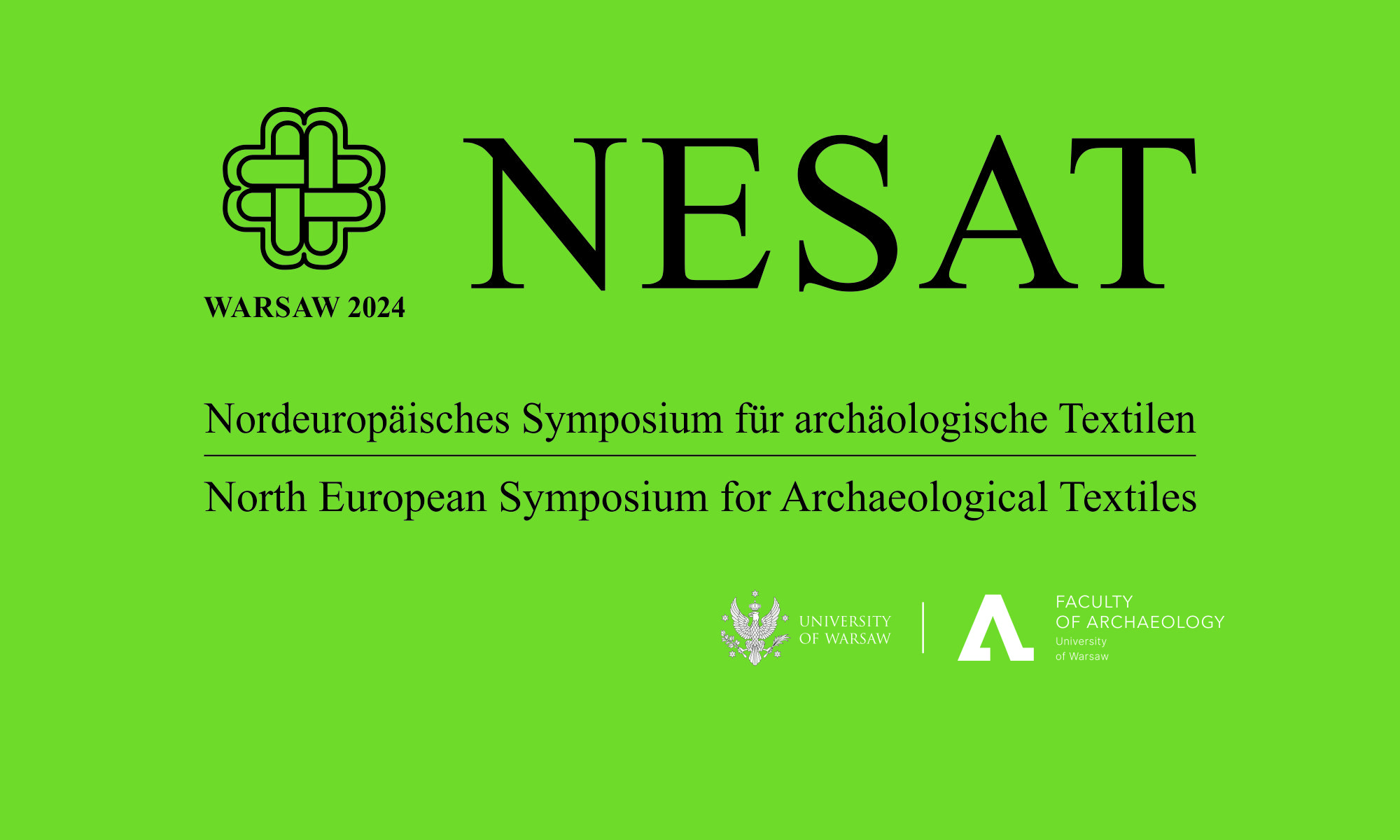
Join us in Warsaw for the NESAT XV Conference scheduled to take place from May 22nd to May 24th, 2024!
 Warsaw, the capital city of Poland, holds a rich history that traces back to the 13th century when it was granted city rights. While Krakow maintained the official capital status until the late 18th century, Warsaw emerged as the de facto political centre of the country by the 16th century. During this period, the city flourished, and the Royal Castle was reconstructed from the former residence of the Masovian Prince, becoming the royal residence. Numerous aristocratic residences and churches were also constructed, mainly along the road leading to Krakow (now known as Krakowskie Przedmieście and Nowy Świat). Unfortunately, many of these structures were destroyed during the Swedish invasion from 1655 to 1660.
Warsaw, the capital city of Poland, holds a rich history that traces back to the 13th century when it was granted city rights. While Krakow maintained the official capital status until the late 18th century, Warsaw emerged as the de facto political centre of the country by the 16th century. During this period, the city flourished, and the Royal Castle was reconstructed from the former residence of the Masovian Prince, becoming the royal residence. Numerous aristocratic residences and churches were also constructed, mainly along the road leading to Krakow (now known as Krakowskie Przedmieście and Nowy Świat). Unfortunately, many of these structures were destroyed during the Swedish invasion from 1655 to 1660.
In the late 17th century, Warsaw experienced another period of prosperity under the reign of King Jan Sobieski. Notable developments during this time include the construction of the suburban royal residence in Milanów (now Wilanów), as well as various palaces and churches. However, the city faced challenges during the 18th century due to invasions and internal conflicts. Despite these difficulties, successive kings initiated the construction of significant buildings and parks. One such example is the Corps of Cadets, established by King Stanisław August Poniatowski in 1765, which had its headquarters in the Kazimierzowski Palace, the current main seat of the rectorate of the University of Warsaw.
During the Partition of Poland, Warsaw was occupied by Russia. Despite harsh suppression of attempts to regain independence, the city remained a hub for nationalist and patriotic movements, conspiracies, and cultural life. Notably, the new National Philharmonic Hall was built during this period with the support of private donors.
Following a brief period of independence after World War I, Warsaw regained its status as the capital in November 1918. Extensive modernisation efforts were undertaken, but these plans were halted by the outbreak of World War II. Tragically, the city was nearly obliterated by Nazi and Soviet forces, with the Royal Castle being demolished. After the war’s end in 1945, Warsaw underwent a meticulous reconstruction process, often referencing paintings from the 17th century by the Italian artist Bernardo Bellotto, also known as Canaletto. The restoration of the Royal Castle continued until the 1970s, with the interior finishing completed in 1988.
In the 1950s, Warsaw received a gift from Stalin in the form of the imposing Palace of Culture, a Soviet-style monumental building that dominates the modern city centre and houses various cultural, scientific, and educational institutions. However, the construction of this communist monument necessitated the removal of much of the historical urban fabric. Today, Warsaw is a vibrant and diverse city, characterized by its resilient spirit. Despite the city’s tumultuous history, it has emerged from the ruins to become a focal point for political movements, cultural initiatives, and scientific and educational endeavours in Poland.
During your visit, we encourage you to explore the enchanting narrow streets of the Old Town, with its charming shops and cafés, as well as the historical monuments, serene parks and gardens, contemporary art galleries, and vibrant nightlife.
We look forward to welcoming you to Warsaw!
For more information, see the Official Tourist Website of Warsaw.

